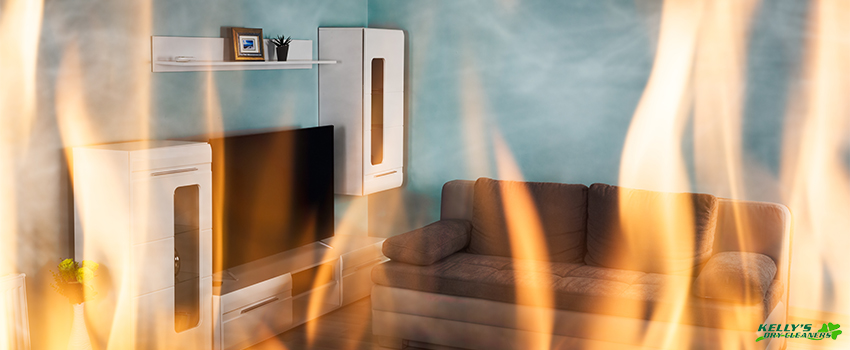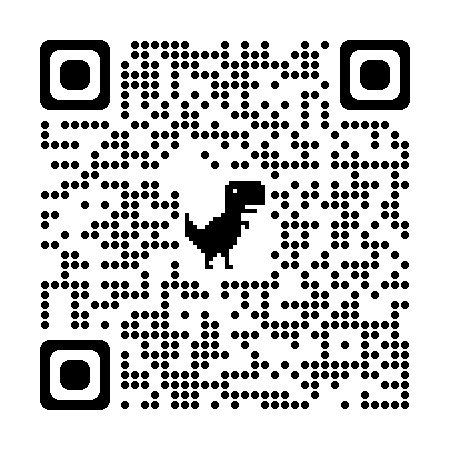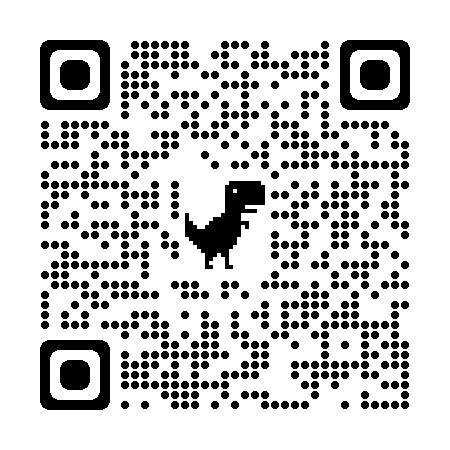Fire damage clean-up is necessary when a fire breaks out on your property. You have to act immediately to save as many of your belongings as possible. Everything in your home will require cleaning as smoke and soot cling to the surface.
Knowing how to get soot out of carpet with proper cleaning techniques will help you save your precious items from further damage. Avoid discoloration, permanent staining, and having to buy new carpets with these tips.
Frequently Asked Questions About Fire Damage Cleanup
If you want to get your carpets and upholstery back to their original condition, remember that time is critical. Here are the answers to some of the questions you might have about smoke damage to furniture:
1. How difficult is the cleaning process for fire-damaged items?
The ease of the cleaning process depends on the extent of the damage. In most cases, damage due to fire is irreparable. Damage that involves water and debris requires a special cleaning approach, but the restoration process is straightforward if your carpet, rugs, and upholstery only incurred smoke damage.
2. What is the restoration process for fire-damaged carpets and upholstery?
Restoration companies usually follow a standard procedure: cleaning, sanitizing, and removing smoke, soot, and odor. There is a significant timeframe before damage due to fire becomes permanent. Here’s an overview:
- Within Minutes: Synthetics and porous materials should be managed to prevent permanent staining.
- Within 24 to 48 Hours: Clothing, flooring, painted walls, and wooden furniture should be cleaned to avoid permanent damage. Metal surfaces will have signs of corrosion and rust, requiring replacement or refurbishing.
- Within Weeks: Within weeks after a fire, the soot will have embedded deeper into surfaces and fibers, leading to a more expensive and more complicated restoration process.
Cleaning smoke-damaged furniture is relatively easy when you’re able to do initial damage control of your belongings. However, DIY and professional cleaning processes involve quite different approaches. They eliminate the awful smoke smell using ozone treatment. Experts also use specialized cleaning equipment, which you may not have with you.
3. When are damaged items deemed no longer salvageable?
Any item damaged by heat, water, or chemicals used to extinguish the fire may no longer be salvageable. Water damages a carpet to the point where replacement is the only option left.
When carpets get drenched in water, the adhesive may no longer stick to the floor. High heat may cause cosmetic damage, bowing, and structural damage to the fiber, padding, wood, and metal parts.
4. How soon should you clean carpets and upholstery after a fire?
After a fire, it’s best to be proactive. Soot is oily and easily stains, so it’s vital to remove it before cleaning carpets, upholstered furniture, rugs, and draperies.
You can remove soot using a vacuum cleaner. Hold the nozzle slightly off the surface of the carpet or rug you want to clean to prevent forcing further the soot particles. After removing soot, smoke odor will have to be dealt with, which is best left to professionals.
Restoration experts give you the best chance for a complete restoration. It’s best to take your soot-damaged items to professional cleaners because they have heavy-duty vacuums that are specially designed to remove soot.
5. Why call experts for smoke damage cleaning?
Experts in smoke and fire damage restoration use special restoration methods to bring back the former glory of your carpet and upholstery. They have the tools and expertise to conduct a thorough inspection and cleaning to address all signs of damage.
Fire Damage Restoration Tips From Experts
Don’t let smoke dominate your home and furnishings. Fire damage restoration professionals know how to remove soot from carpet. They also have a few tips and tricks up their sleeves.
Here are some things you can do to mitigate the damage:
1. Gather supplies.
DIY cleaning is easy because most cleaning essentials to remove smoke smell from furniture are readily available in your cupboard or the supermarket.
First, gather protective equipment such as gloves, masks, and goggles. These things help eliminate the pungent smell of smoke and soot buildup:
- Vacuum
- Dry cleaning sponge
- Regular sponge
- Clean rags
- Vinegar
- Baking soda
- Hot water
- Rubbing alcohol
Use a vacuum to remove soot and smoke particles from your carpet and upholstery. To avoid getting the items drenched, use a dry cleaning sponge. Regular sponges are only for surfaces that can be washed.
Use a clean rag to wipe and dry the items. Rubbing alcohol helps minimize soot buildup and makes cleaning easier, while vinegar and baking soda work wonders in getting rid of the smoke smell.
2. Throw away non-salvageable items.
Before you get to cleaning smoke damage, sort out your items: salvageable and non-salvageable. It might be hard to let go of your belongings, but you have to, especially if they’re damaged beyond repair.
Unfortunately, carpets and upholstery with physical damage are no longer repairable. If you keep them, they may release soot particles that may further damage your other belongings. The smoke smell will also linger in your home.
3. Open the windows.
Open the windows and doors of your property before you get to work. Let fresh air flow throughout your home. Do this to eliminate soot and smoke particles floating in the air.
4. Use dehumidifiers and electric fans.
Oscillating fans and dehumidifiers expedite the cleaning process. Dehumidifiers remove moisture from the air and help keep the environment dry. Oscillating fans let air circulate better, so the soot particles don’t stick to your carpets and upholstery; thus, eradicating permanent staining and lingering smell.
5. Check the aftercare tag on your carpets and upholstery.
The difficulty of the cleaning process will depend on the damage. If you don’t know how to clean smoke damage from your carpets, the aftercare tag may give you an idea. The aftercare tag should guide you in choosing the right cleaning materials and the right cleaning methods.
6. Clean and deodorize.
Cleaning and deodorizing your carpet and upholstery is non-negotiable. Use a vacuum cleaner with a narrow tip attachment. Vacuum a few inches away from the fabric to remove as many soot particles as possible.
After that, wash the fire-damaged item using the right cleaning solution. Baking soda and vinegar are effective odor eliminators.
7. Be proactive.
Once you know how to clean smoke damage, handling the remaining items becomes effortless. When done with everything, call experts for fire alarms installation. Rest easy, knowing that the fire will not get worse or further damage your items.
Leave the Cleanup to Kelly’s Dry Cleaners
Our fire damage restoration experts know how to get smoke smell out of carpet.
At Kelly’s Dry Cleaners, we know how to get soot out of upholstery! Our experienced team of dry cleaners in Durango, CO, uses a special approach to cleaning smoke damage. Visit us today!



